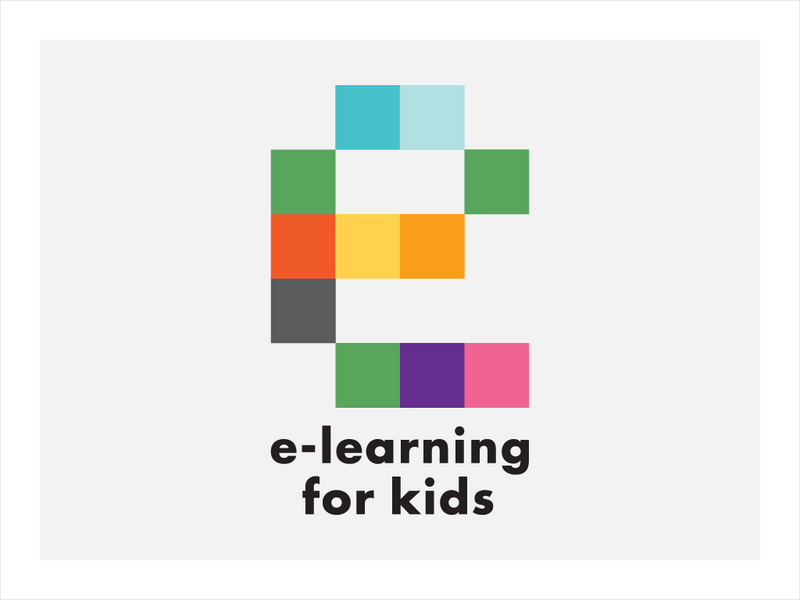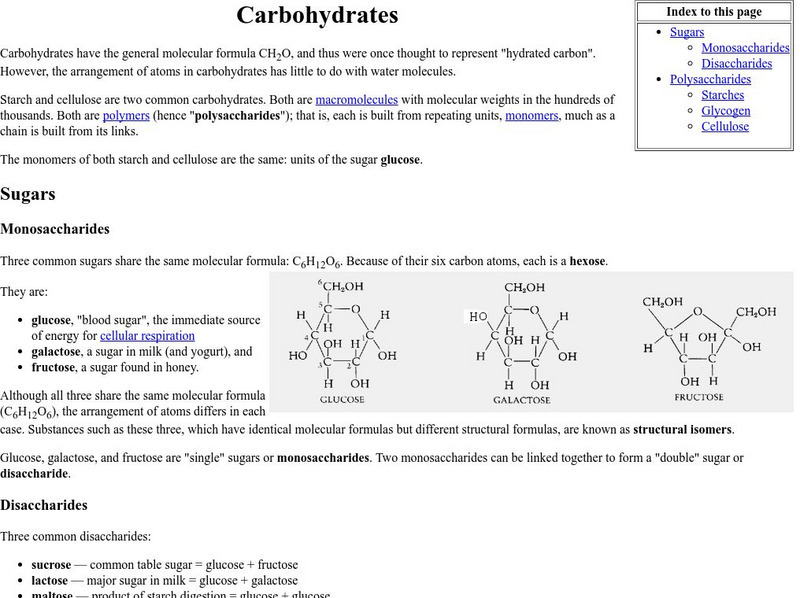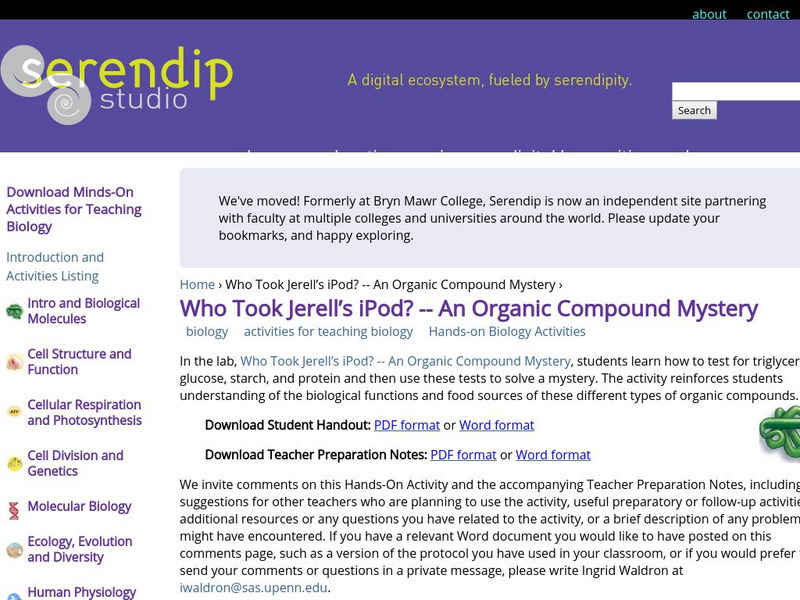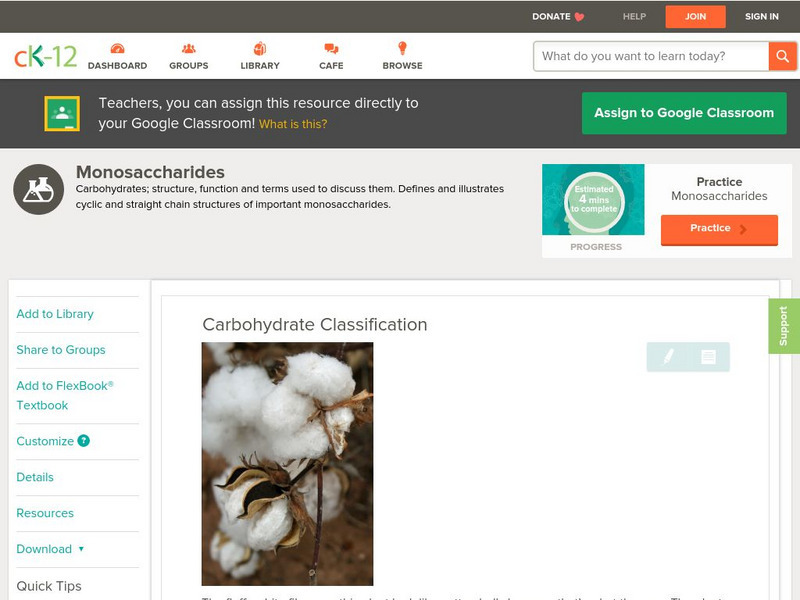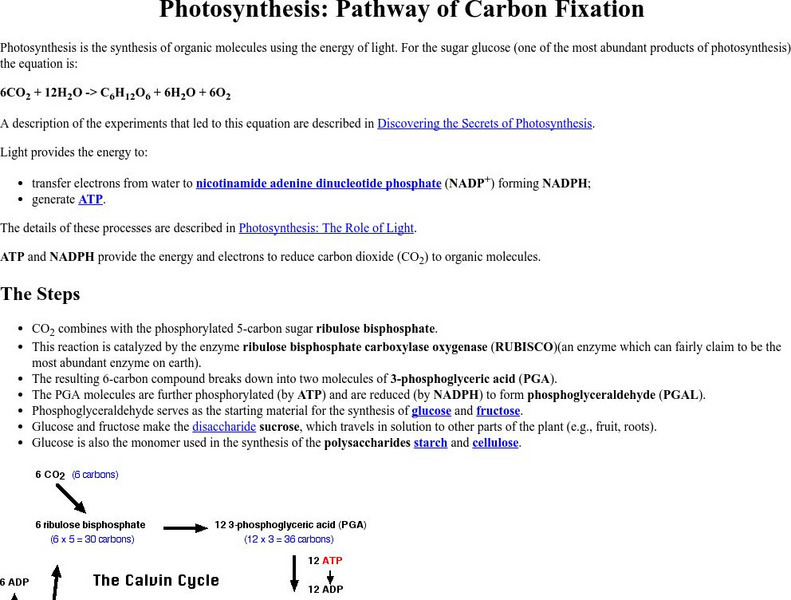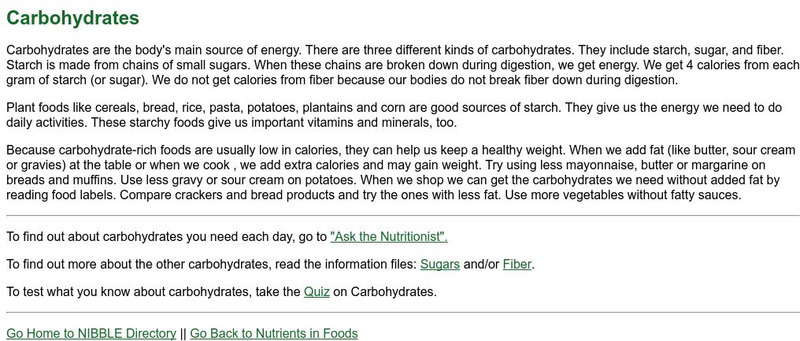Curated OER
Economics: What are ways that rice can be used?
Second graders examine the uses of rice. In this social science lesson plan, 2nd graders list and draw pictures of five ways people use rice.
Curated OER
Photosynthesis
In this photosynthesis worksheet, students identify and locate various vocabulary terms pertaining to the process of photosynthesis. There are 18 biology terms located in the word search.
Curated OER
Science Vocabulary
In this biology worksheet, students identify and locate various vocabulary terms relating to types of cells. There are 13 biology terms located in the word search.
Curated OER
Sugar and Light
Students connect starch to sugar as the storage form of energy. They find that no starch is produced in the plant without light. Students perform the old favorite of looking at starch deposition in geranium leaves using Lugol's iodine...
Curated OER
Separating a Starch-Glucose Mixture Using Gel Filtration
Learners experiment using the basic principles of gel filtration. They use the gel filtration technique for testing for the presence of specific substances. Students discover that starch is a larger molecule than glucose.
Curated OER
What Makes Popcorn Pop?
Pupils experiment with making popcorn to discover what makes it pop. They cook various types to survey which brand gives the highest volume of corn.
University of Oxford (UK)
University of Oxford: Lipids and Carbohydrates
In this chapter the role lipids and carbohydrates play in living organisms is examined.
E-learning for Kids
E Learning for Kids: Science: Bermuda Triangle: How Is Energy Transferred Between Organisms?
Bermuda is a mysterious place. Meet Scotty and his family and join them on their holiday to learn about energy transfer in ecosystems.
Science Education Resource Center at Carleton College
Serc: Investigating Starch in Foods
This lesson would be used during our nutrition unit when discussing carbohydrates. In this classroom activity students investigate which foods have starch in them by using iodine, as well as investigate the result of iodine and lemon...
Vision Learning
Visionlearning: Food Chemistry: Carbohydrates
Read about carbohydrates, which make up one of the three "Major classes of macronutrients that are essential to living organisms." In addition to defining several terms, including carbohydrate, simple sugars, complex carbohydrates,...
Ohio State University
Ohio State University: Lipids and Carbohydrates
An introduction to these chemical families. Diagrams are easy to understand and the text explains basic concepts well.
Sophia Learning
Sophia: Polysaccharides: Lesson 2
This lesson will introduce polysaccharides, including an overview of their structure, and providing multiple examples. It is 2 of 3 in the series titled "Polysaccharides."
Sophia Learning
Sophia: Structure and Function of Macromolecules: Carbohydrates
An introduction to the structure and function of the energy-rich molecules, carbohydrates.
Biology Pages
Kimball's Biology Pages: Carbohydrates
This is a rather advanced site outlining carbohydrates, and their various forms.
Bryn Mawr College
Serendip: Who Took Jerell's I Pod? An Organic Compound Mystery
Brief text summary of what young scholars learn in the Who Took Jerell's iPod? lab along with links to download Student Handouts and Teacher Preparation Notes in PDF or Word formats. Students are challenged to solve a mystery by testing...
CK-12 Foundation
Ck 12: Physical Science: Carbohydrate Classification
[Free Registration/Login may be required to access all resource tools.] Carbohydrates: structure, function and their role in living things.
TED Talks
Ted: Ted Ed: The Science of Macaroni Salad: What's in a Molecule?
Josh Kurz breaks macaroni salad down to its smallest chemical components. [3:14]
Biology Pages
Kimball's Biology Pages: Photosynthesis Carbon Fixation
This site provides a review ofoverall reaction of photosynthesis and outlines chemical reactions leading to the synthesis of carbohydrates.
University of Massachusetts
Nutrients in Foods: Carbohydrates
This website offers a brief discussion of the function of carbohydrates. It mentions types and definitions of the three types of carbohydrates: starch, sugar and fiber. Links to related information is provided
University of Massachusetts
University of Mass.: Bread, Cereal, Rice, and Pasta
At this website from the University of Massachusetts you can read about the different foods that make up the bread group in the food pyramid. Learn about the nutritional value of bread, cereal, rice, and pasta, and read about the...
Sophia Learning
Sophia: Polysaccharides: Lesson 3
This lesson will introduce polysaccharides, including an overview of their structure, and providing multiple examples. It is 3 of 3 in the series titled "Polysaccharides."
Sophia Learning
Sophia: Polysaccharides: Lesson 1
This lesson will introduce polysaccharides, including an overview of their structure, and providing multiple examples. It is 1 of 3 in the series titled "Polysaccharides."
Bio Topics
Bio Topics: The Action of Amylase on Starch
An experiment designed to show students how enzymes work. This experiment specifically investigates how amylase acts upon starch.
American Heart Association
Aha: Carbohydrates and Sugars
Site dedicated to the nutritional recommendations of the American Heart Association.









